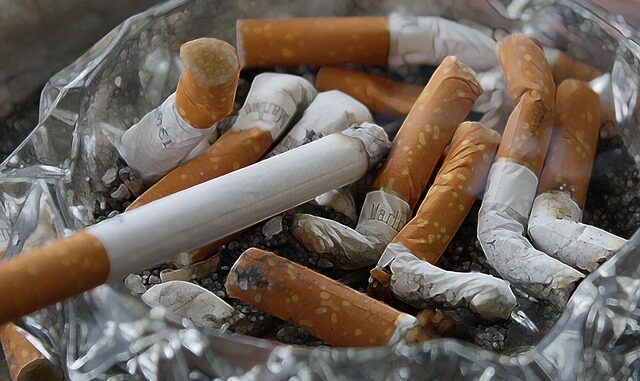
Summary
A groundbreaking study reveals that changes in brain connectivity can predict future substance use in adolescents, paving the way for early intervention and prevention. This discovery offers hope for tackling addiction at its root, potentially saving countless lives. Further research will explore the complex interplay of genetics, environment, and brain development in addiction.
** Main Story**
Teen substance abuse is a tough problem, and finding ways to stop it before it starts is a constant race. I mean, think about it – how many lives could we change if we could just get ahead of the curve? Now, a new study is showing some real potential, suggesting that we might be able to predict substance use by looking at brain connections. It’s a big deal, offering hope for getting in early and creating prevention programs that actually hit the mark.
Brain Connections: A Glimpse into What’s Coming?
Published in Biological Psychiatry: Cognitive Neuroscience and Neuroimaging, this study followed 91 teenagers, starting when they were just 14, for seven years. It really dug into cognitive control – you know, that part of the brain that helps us say no to impulses and make smart choices. The researchers used this cool technique called functional connectivity analysis. This basically tracks how different parts of the brain talk to each other. What’s amazing is, they found that changes in these brain connections could actually predict which teens would start using substances, and here’s the kicker; even before any actual signs showed up! Imagine the possibilities.
Cognitive Control: What’s the Big Deal?
The study really hammered home the importance of two brain regions: the dorsal anterior cingulate cortex (dACC) and the dorsolateral prefrontal cortex (dlPFC). These areas are key players when it comes to cognitive control. The study showed teens with stronger connections between these two regions tended to hold off on using substances. But get this – about a year before they started using, there was a steep drop in that connectivity. This suggests that weakening connections in these brain regions could be like an early warning bell, you know, giving us a chance to step in and help before things go too far.
Catching it Early: Prevention is Key
The potential impact of this research is huge. Picture this: we could actually identify teens at risk before they even pick up that first drink or cigarette. This means we can put targeted prevention programs in place. I remember working with a young guy a few years back; if we’d known then what we know now, things could have been so different. These programs could really focus on boosting cognitive control through things like mindfulness training, cognitive behavioral therapy (CBT), and other proven methods. And, early intervention? It could seriously lower the chances of developing serious substance use issues later on, wouldn’t it?
What’s Next?
This study definitely gives us some exciting new clues, but it’s just the start. We need more research to really understand how genetics, the environment, and brain development all play together in addiction. And of course scientists are eager to see how these brain connectivity patterns change over time, and if we can actually change them through interventions. This area of research? It’s got huge potential for developing better ways to prevent and treat substance use disorders, wouldn’t you agree?
Zooming Out: The Bigger Picture
Let’s be real, understanding addiction is more than just one study. It’s a complex thing shaped by all sorts of things: genes, your surroundings, peer pressure, and personal choices, and lets not forget the brain’s reward system! That whole dopamine rush we get from good experiences? Addictive substances hijack that, flooding the brain and creating this crazy powerful loop. Eventually, the brain adapts and needs more and more of the substance to get the same buzz, that’s tolerance. Which can spiral into dependence and, well, withdrawal when you try to quit. It’s a vicious cycle.
Getting Help and Staying Strong
Good news is, there are tons of resources out there for those who are struggling. Treatment options can include:
- Detox: Getting through withdrawal with medical support, making it safer and more manageable.
- Inpatient Rehab: Going to a residential program for intensive therapy and support. It’s a real commitment, but can be life-changing.
- Outpatient Programs: Doing therapy and counseling while living at home. More flexible, but still provides essential support.
- Medication-Assisted Treatment (MAT): Using meds along with therapy to help curb cravings and ease withdrawal. It’s not a cure-all, but it can be incredibly helpful.
- Support Groups: Connecting with others through groups like AA or NA. Peer support can be a game-changer.
Recovery’s a marathon, not a sprint. And, it’s a lifelong thing a lot of the time. Aftercare programs, sober living environments, and continued therapy can make a huge difference during the transition. Asking for help, it shows strength, and recovery? It’s totally doable.


Be the first to comment